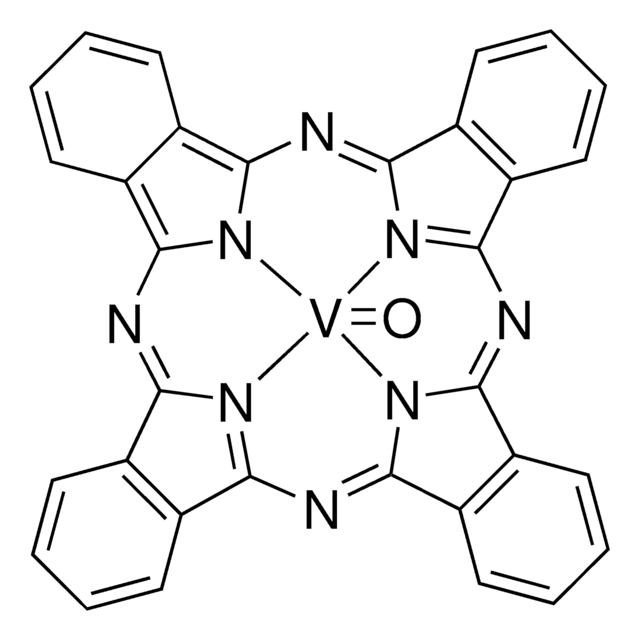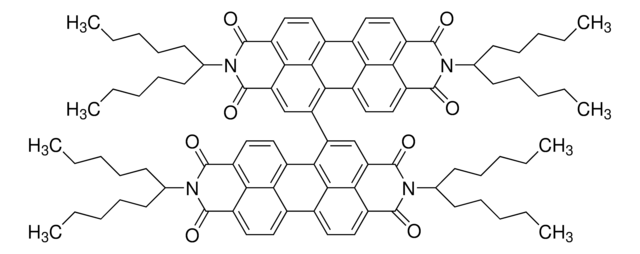446653
Copper(II) 1,2,3,4,8,9,10,11,15,16,17,18,22,23,24,25-hexadecafluoro-29H,31H-phthalocyanine
Dye content 80 %
Synonym(s):
F16CuPc
About This Item
Recommended Products
form
powder
composition
Dye content, 80%
mp
>300 °C (lit.)
λmax
689 nm
SMILES string
Fc1c(F)c(F)c2c3nc(nc4n5[Cu]n6c(n3)c7c(F)c(F)c(F)c(F)c7c6nc8nc(nc5c9c(F)c(F)c(F)c(F)c49)c%10c(F)c(F)c(F)c(F)c8%10)c2c1F
InChI
1S/C32F16N8.Cu/c33-9-1-2(10(34)18(42)17(9)41)26-49-25(1)53-27-3-4(12(36)20(44)19(43)11(3)35)29(50-27)55-31-7-8(16(40)24(48)23(47)15(7)39)32(52-31)56-30-6-5(28(51-30)54-26)13(37)21(45)22(46)14(6)38;/q-2;+2
InChI key
FJAOBQORBYMRNO-UHFFFAOYSA-N
Related Categories
General description
Application
Storage Class Code
11 - Combustible Solids
WGK
WGK 3
Flash Point(F)
Not applicable
Flash Point(C)
Not applicable
Personal Protective Equipment
Regulatory Listings
Regulatory Listings are mainly provided for chemical products. Only limited information can be provided here for non-chemical products. No entry means none of the components are listed. It is the user’s obligation to ensure the safe and legal use of the product.
ISHL Indicated Name
Substances Subject to be Indicated Names
ISHL Notified Names
Substances Subject to be Notified Names
JAN Code
446653-VAR:
446653-BULK:
446653-1G:4548173941240
446653-250MG:
Choose from one of the most recent versions:
Already Own This Product?
Find documentation for the products that you have recently purchased in the Document Library.
Customers Also Viewed
Articles
Flexible electronic circuits and displays based on organic active materials are future generations of products that may eventually enter mainstream electronics market.
Self-Assembled Nanodielectrics (SANDs) for Unconventional Electronics
Fabrication procedure of organic field effect transistor device using a soluble pentacene precursor.
Our team of scientists has experience in all areas of research including Life Science, Material Science, Chemical Synthesis, Chromatography, Analytical and many others.
Contact Technical Service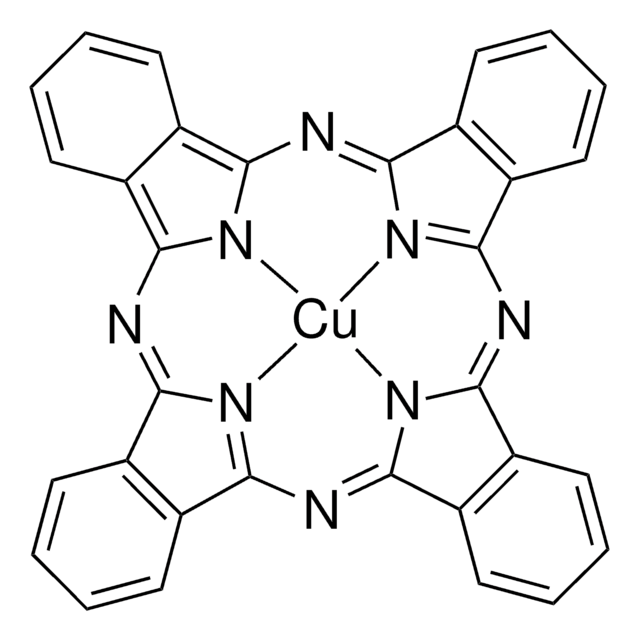
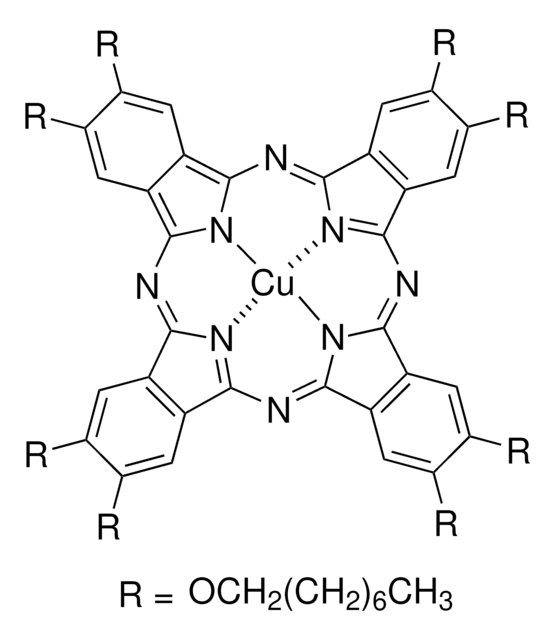
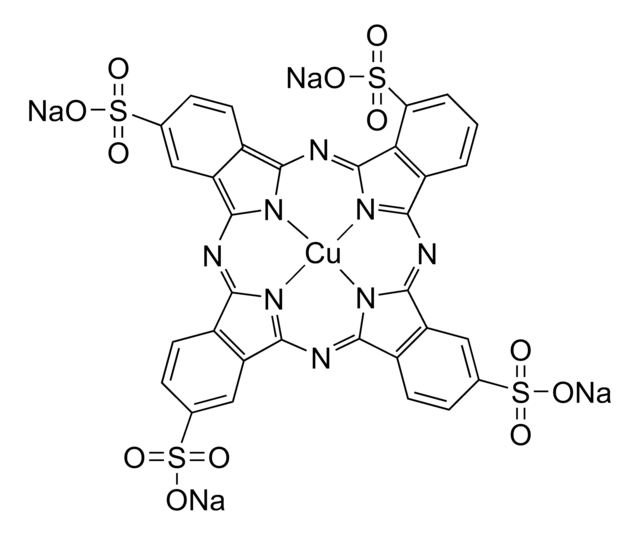
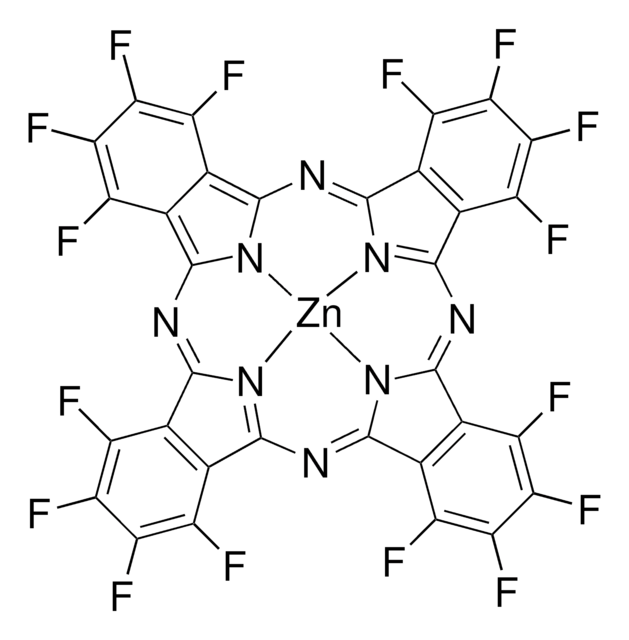

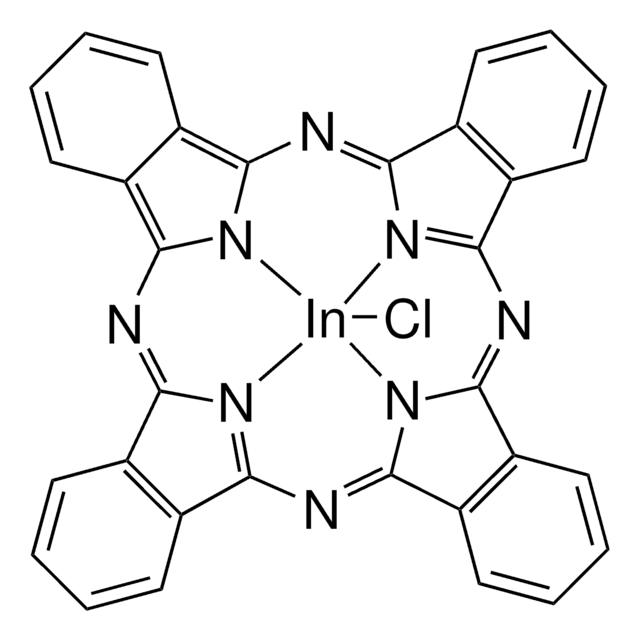
![Dipyrazino[2,3-f:2′,3′-h]quinoxaline-2,3,6,7,10,11-hexacarbonitrile 95% (HPLC)](/deepweb/assets/sigmaaldrich/product/structures/151/558/c0e2c95f-5228-4864-a7a5-4b9765a19840/640/c0e2c95f-5228-4864-a7a5-4b9765a19840.png)
